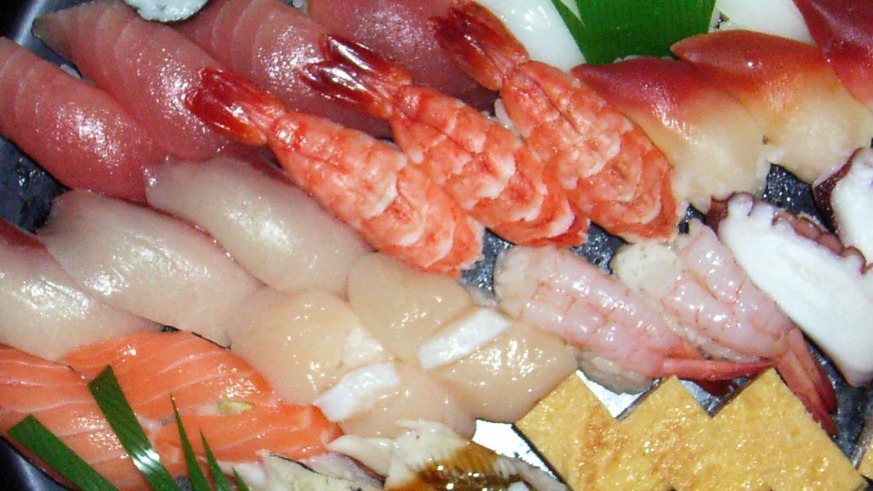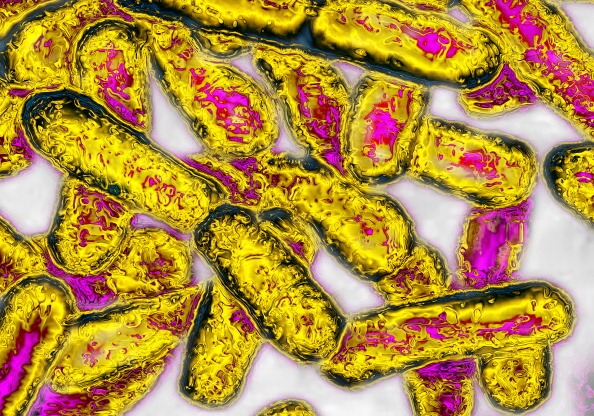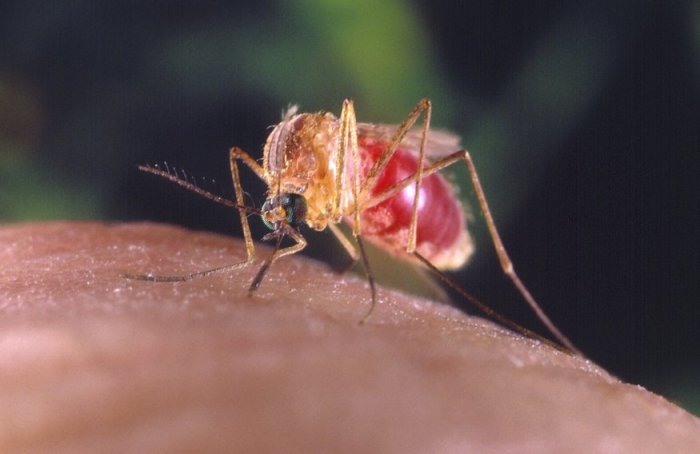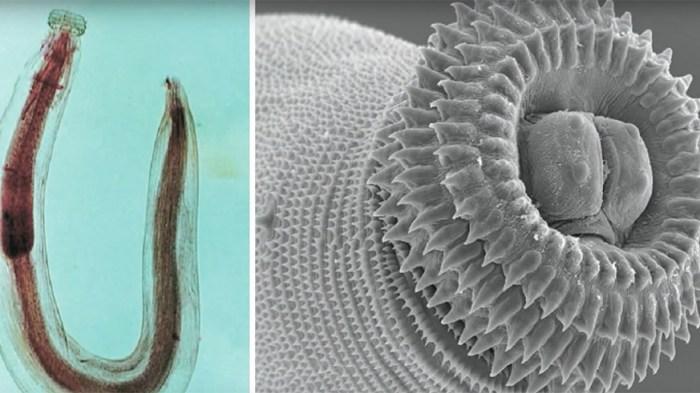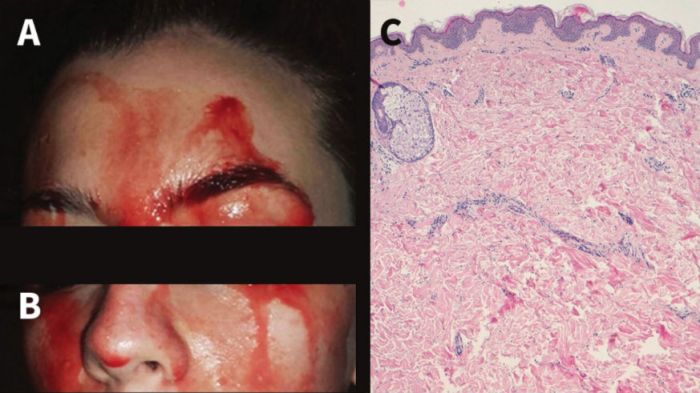Among water-based terrors, a New Yorker’s greatest fear isn’t a shark off Brighton Beach or a snake rising from a commode. It’s a creature lurking within sushi.
A new study shows that’s not completely irrational: The U.S. is seeing a rise in cases of anisakiasis, a disease regularly seen in Japan and Europe that is caused by eating fish or seafood containing parasites.
The illness occurs when small worms from the infected fish latch onto the stomach wall or intestines. Symptoms include pain in the stomach, nausea and vomiting. Complications can include bleeding, bowel obstruction and inflammation of the abdominal wall. Severe cases can result in anaphylaxis, or life-threatening difficulty breathing. Untreated, the disease can cause ulcer-like symptoms that can last from weeks to months.
Mmm-mm!
Anisakiasis has been rare in the U.S., but the Center for Disease Control and Prevention says cases are rising because of the increased consumption of sushi and other raw fish and seafood dishes.
According to the study, published in last week’s “BMJ Journal,” salmon, herring, cod, mackerel, squid, halibut and red snapper can carry the parasite. Because drugs are ineffective against resulting infection, a cure is provided by endoscopic surgery or, the CDC says, a good yank if the worm is reachable in the mouth or throat.
To avoid infection, the CDC recommends avoiding raw fish (as if), or cooking seafood to an internal temperature of at least 145° F, or freezing to minus-20 degrees Celsius for a minimum of 72 hours.
The good news: CNN reports that experienced sushi chefs are trained to spot worms of that size, which are “grossly visible” in infected fish. We assume they meant large.

